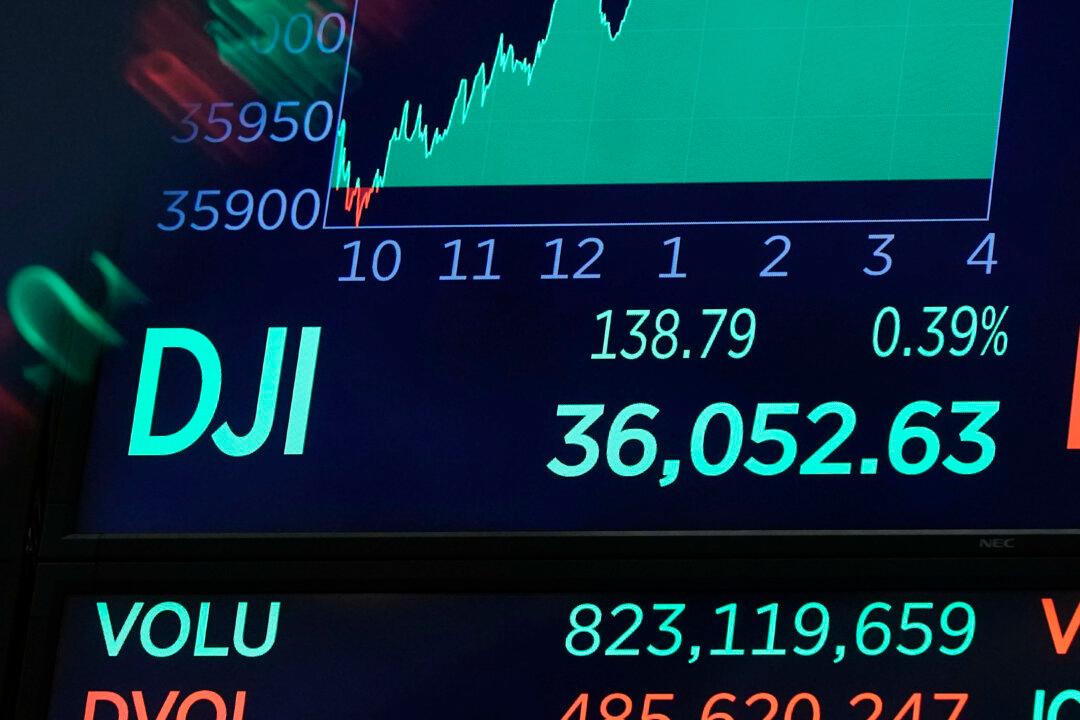New Analysis
The Federal Reserve finished its much-anticipated two-day November Federal Open Market Committee (FOMC) policy meeting on Nov. 3. The results were everything financial markets had anticipated, market strategists said.

The Federal Reserve finished its much-anticipated two-day November Federal Open Market Committee (FOMC) policy meeting on Nov. 3. The results were everything financial markets had anticipated, market strategists said.